

What do you do when you first see a staircase? Chances are, you look up at it! It creates a visual connection. Staircases can really open up a home visually, and they can mentally create the impression of scale and of volume, even in very compact homes.
Staircases perform an important purpose — to physically connect one level of a home to another — be it across split level, or across two stories of a home, or between inside and outside.
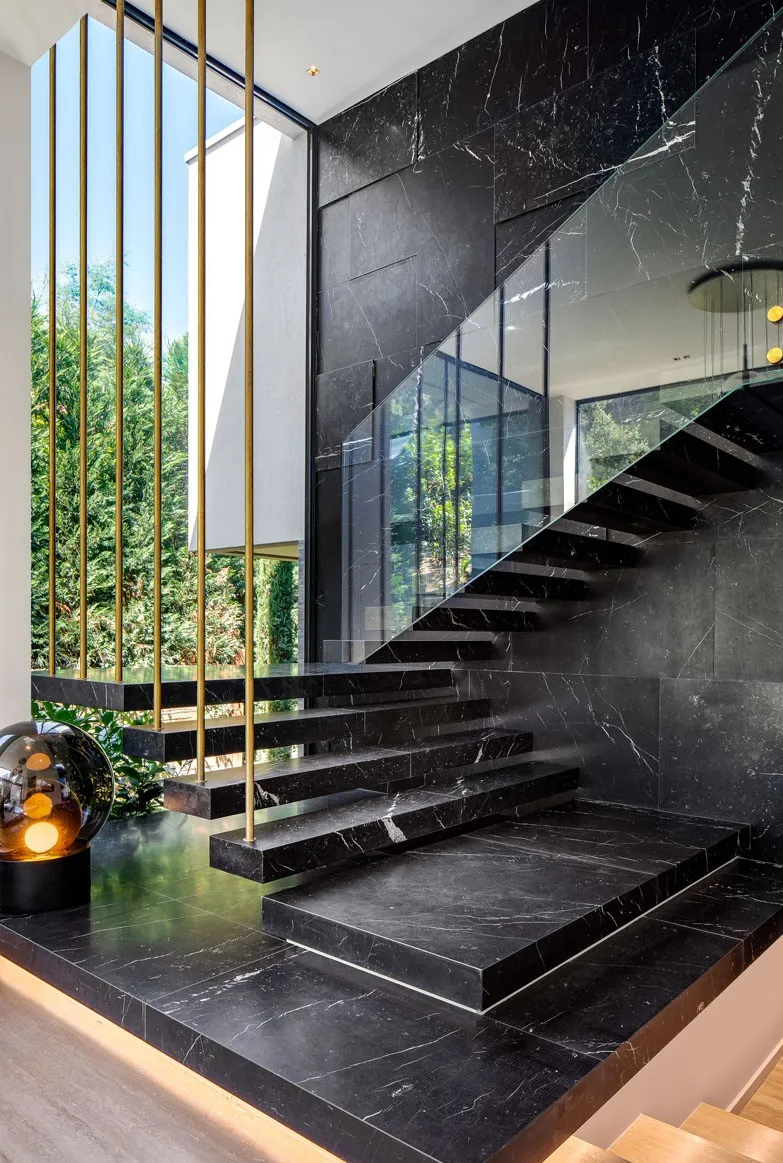
However, stairs are great for other functions too. For impacting how your home feels, and how it is lit naturally, and how it flows overall.
Architectural details can transform the simplest house into a memorable home. While the spaces in a home provide a blank canvas, the details create the light and shade, bringing depth to the design in the process.

tread design pic:google
While each detail has a functional component-a staircase provides access to different levels in a home and acts as a circulation element in a residential space ; a skylight provides additional natural light; a window provides ventilation and light it also has a strong aesthetic component that contributes to the creation of architecture. These details, unlike a standard window or door, can be interpreted in numerous ways. And although the basic ingredients must be present, there’s enormous scope to create a detail that’s fresh and innovative and with an impact that is greater than the sum of its parts.

In architecture, the concept of circulation refers to the way people, the blood of our buildings, move through the space.
In particular, circulation routes are the pathways people take through and around buildings or urban places. Circulation is often thought of as the ‘space between the spaces’, having a connective function, but it can be much more than that. It is the concept that captures the experience of moving our bodies around a building, three-dimensionally and through time.
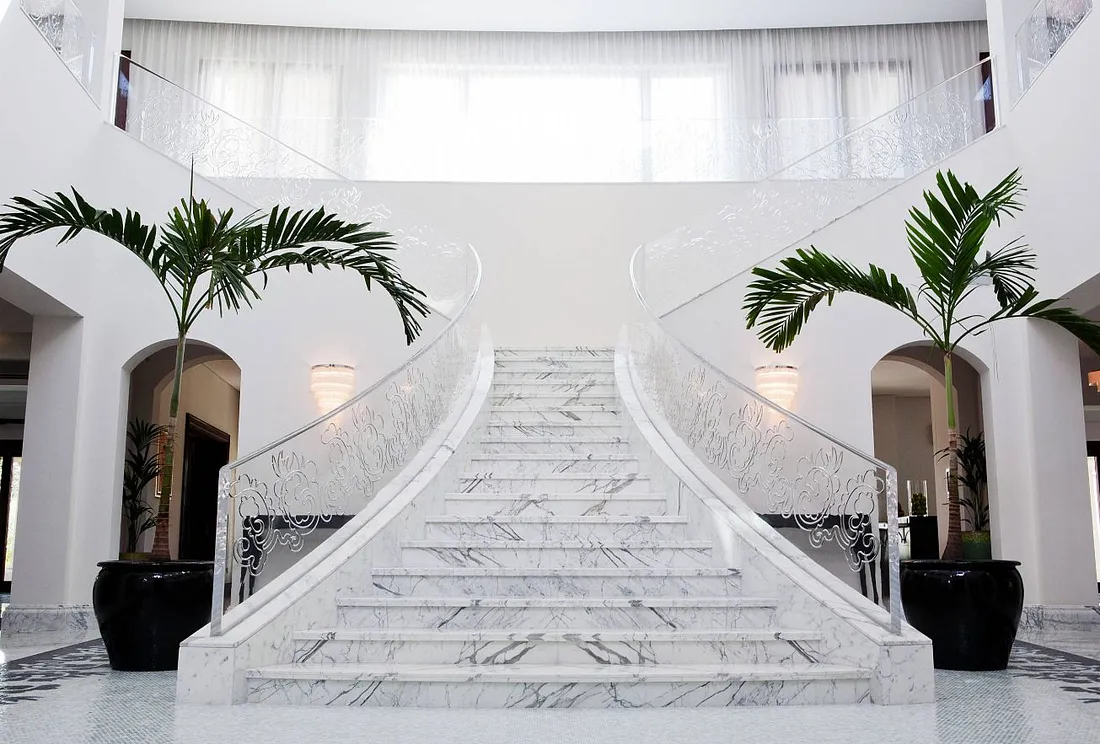
Although every space a person could access or occupy forms part of the circulation system of a building, Circulation within interiors refers to the way in which people move through and around a building throughout time. It can be broken down into direction, the type of use, the frequency of use and the time of use.
The speed of the movement of circulation can be fast or slow. The speed of the movement will depend on the visibility of the location .

The direction of circulation can be either horizontal or vertical. If circulation is described as being horizontal, it refers to how people move in and around on a particular floor or level, but, if it being described as vertical circulation then it refers to relationship between the levels; looking at how people move between the various floors. Methods of horizontal circulation include moving walkways and corridors, whereas examples of vertical circulation can include a lift, stairs, escalators and ramps.
Private and public refers to different circulation zones. If a circulation route is considered to be within a public zone, it suggests that the area is widely accessible; an example of this could be a lobby. Whereas a circulation route considered to as private, will include the back of house and staff circulation passageways.
These two types of circulation zones will differ functionally, in terms of the level of use (how busy it is) and the aesthetic. Circulation routes within private areas will be designed to optimize productivity and efficiency, whereas public circulation routes will be more attractive and aesthetically pleasing.
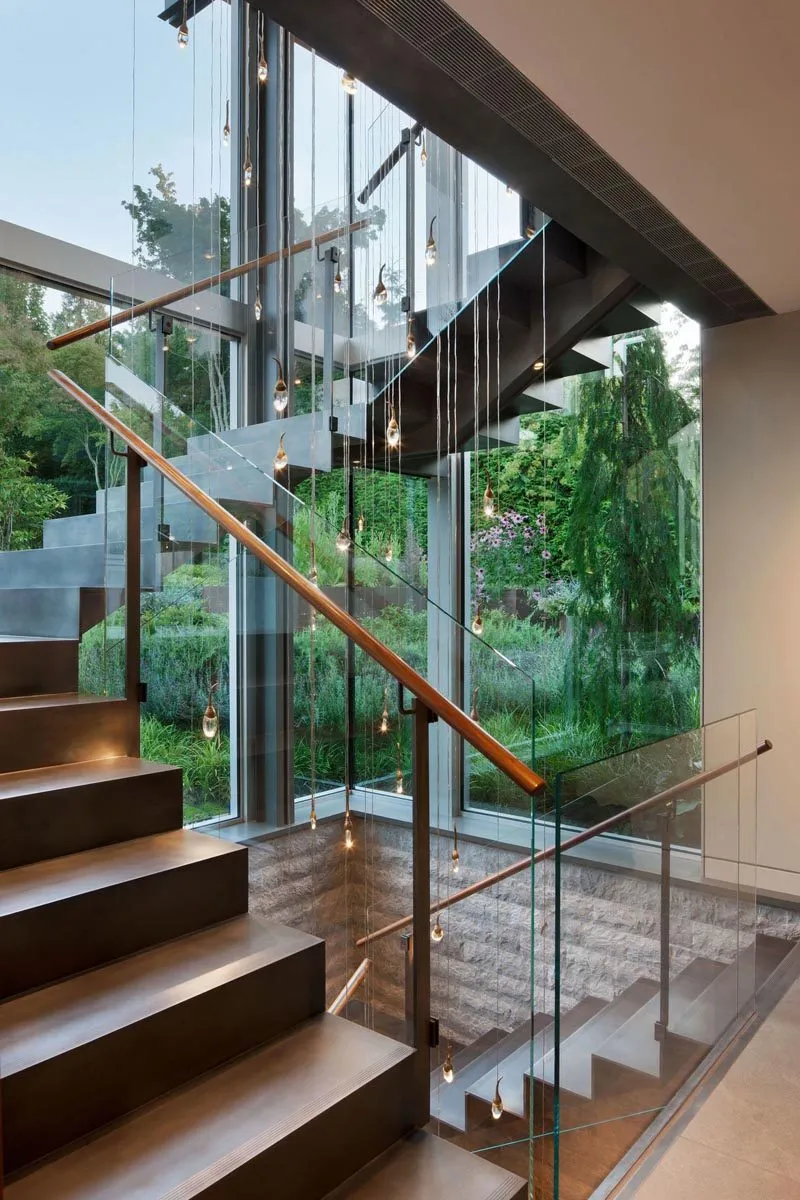
When you are planning your design of these methods of circulation, they do not need to be ugly or hidden away; circulation routes can be a beautiful key architectural feature.
When considering the various circulation routes, you need to make sure the pathway is unobstructed and well illuminated. If the circulation route is a fire escape route, then you also want to ensure that this is the quickest and safest route out of the building. In design practices, the flow of the circulation is one of the first areas to be considered; Because the circulation areas often Connect with the rest of the interior Design.
In restaurants, bars and cafes circulation routes are important for both staff and guests. For instance, circulation largely affects the relationship between the kitchen and table service, when planning this type of circulation route you need to consider time and efficiency and consider the best route for avoiding incidents. For guests, you should consider the circulation routes to access the bathrooms, considering access and flow routes which will not getting in the way of staff under pressure or ending up in private area. Circulation routes should be used to keeping minimal interference between front and back of house.

vessel stairs
For buildings like museums and galleries, mapping out clear circulation routes can help communicate different zone locations, where to access the various floors and the location facilities like toilets and food. This is extremely important in public buildings of this nature; people will often spend lengthy amounts of time here, so they will want to know where the various break points and facilities are located upon their arrival.

Vessel, in New York, designed by Heatherwick Studio
This will help to inform the visitor plan how they can progress through the interior during their visit.
Direction
Horizontal circulation might include hallways, atria, paths, entries and exits. It is also affected by the furniture layout, or other objects in the space such as columns, trees, or topographic changes. This is why architects usually take furniture as part of a concept design, because it is critically linked to the flow, function and feeling of the space.
Vertical circulation is how people move up and down within the building, so it includes things like stairs, lifts, ramps, ladders and escalators which allow us to move from one level to another.
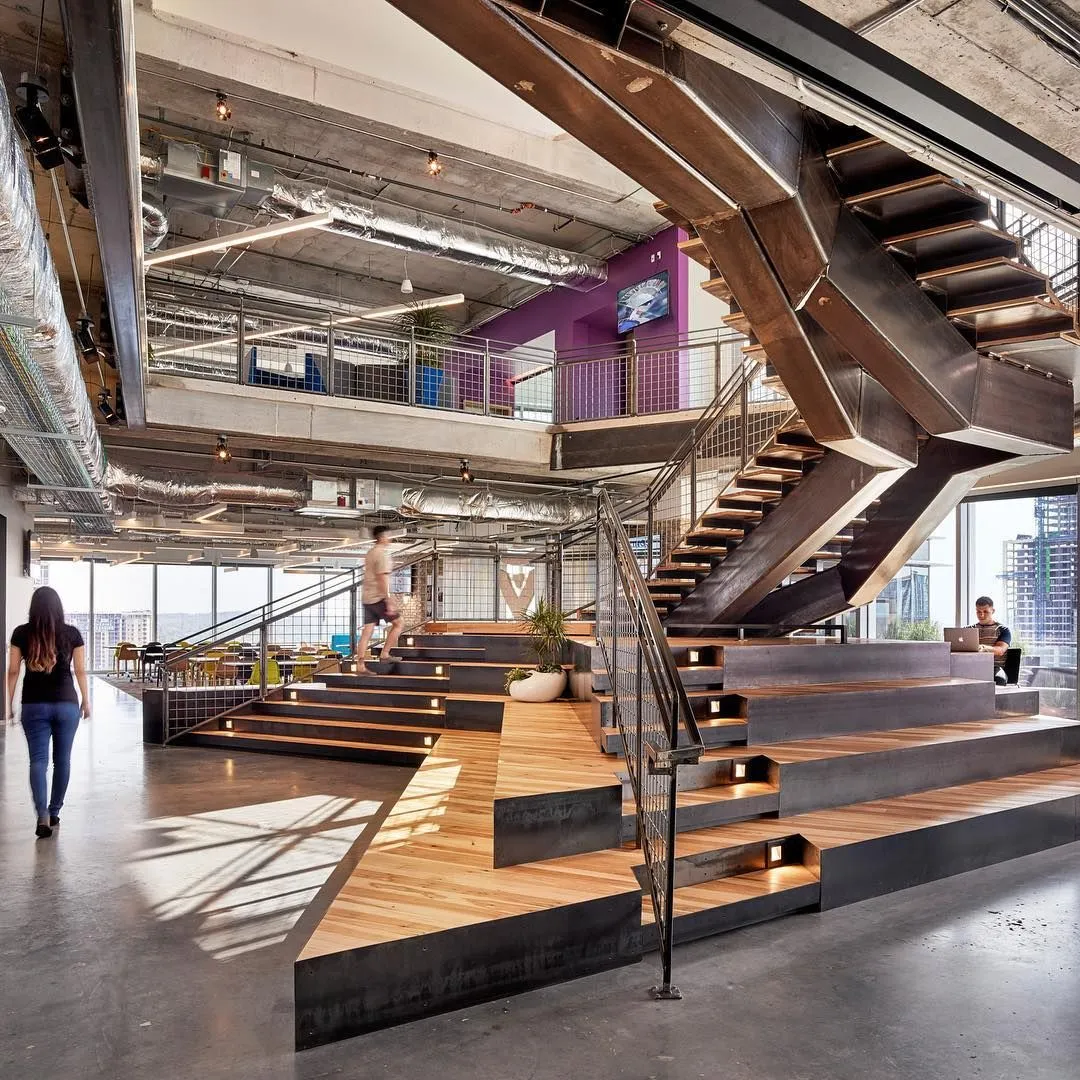
Public circulation is the areas of the building which are most widely and easily accessible. Stairs, in a unique way, are like bridge. In this guise, circulation is often overlapped with other functions, such as a lobby, atrium, or gallery, and is enhanced to a high level of architectural quality. Issues of visibility, how crowds move, and clear escape paths are key points to consider.
Private circulation accounts for the more intimate movements within the building, or the more ugly ones which require a degree of privacy. In a house this might be the back door, in a large building the back of house, staff offices or storage zones.
Designing Circulation
There are two rules of thumb when it comes to designing circulation. The key circulation pathways should:
The reason for these two rules of thumb is fairly obvious: people want to be able to move around a building with ease and efficiency, But, once you’ve got these rules sorted, you’re welcome to break them.
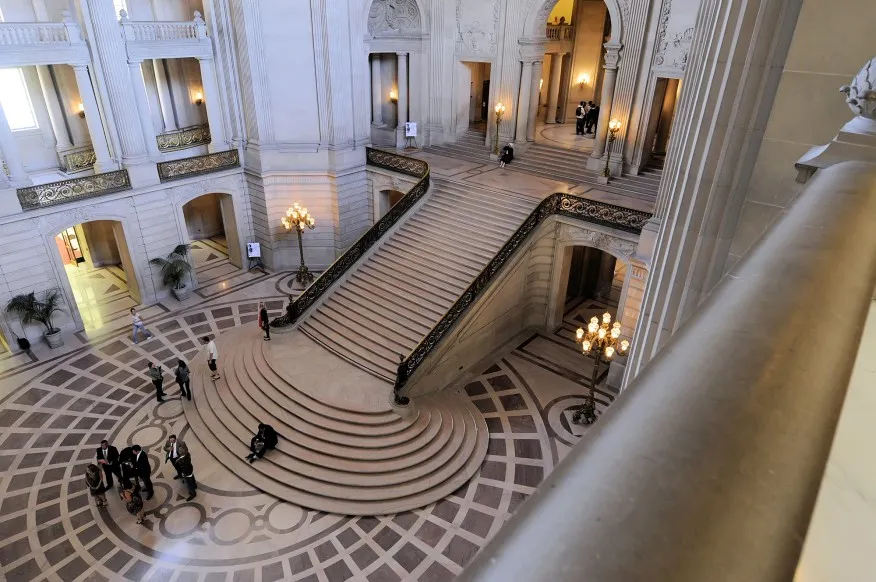
Son of Groucho ,San Francisco City Hall
Sometimes for architectural reasons you’ll want to interrupt a direct circulation path with an item of furniture or a change in level to define a change in place, make people slow down, or provide a focus point. Similarly, circulation doesn’t necessarily have to follow the shortest distance between two points. Rather, it can take into account the sequence of spaces, thresholds, and atmospheres encountered through movement, which prepare you for the transition from one space to the next. Circulation can be choreographed, to add architectural interest.
In this way, circulation is also intricately linked in with Residential or commercial plan of building related to what activities take place inside that space .
Efficiency and layout of circulation space
Circulation space is sometimes seen as useless space, adding needless area and cost to a project. So we have to focus efficiency while designing circulation.

Commercial office buildings and apartment buildings, for example, will typically seek to minimize the amount of circulation space. In these cases, where the buildings are often tall, the vertical circulation is often designed as a core at the centre of the building, with stairs and lifts packed tightly together, and short corridors on each level leading away from this core to the individual apartments or offices.
In contrast to this method, where all the circulation is located centrally and often hidden, circulation can be externally expressed and shown off of the façade or within the building. Even in smaller buildings, such as houses, circulation areas such as a staircase can become architectural features of the home.
A celebrated example of this technique is the Pompidou Centre in Paris, designed in high-tech style by Richard Rogers and Renzo Piano. Here, you can see the translucent escalators with red undersides snaking across the exposed façade of the building, the ever changing movements of people making the building present and active in the square.
Circulation & The building code
The Design of circulation spaces in a building follow government performance standards, that is the building code ,for the selection of angle of stairs and width of the circulation elements, including stairs and landings, hallways, doors, handrails, balustrades, ramps and ladders.
The stair lingo …

“Risers” are the vertical part of a stair. “Treads” are the horizontal part you put your foot on. “Rise” is the height a staircase runs. “Nosing” is the front edge of the stair tread. “Stringers” are the side components that support the treads and risers of the stair. There’s some other terms, but they’re the basics.
(I generally aim for stairs that have a 275mm min deep tread, and 180mm max high riser. For width, I like 1,000mm min clearance — so it has to take into account any handrails, etc.)

While going to design risers and treads, the difference of level should be considered.

Generally, riser heights should be set between 15 and 17 cm (max 20 cm for service stairs), and between 13 and 15 cm for public buildings (hospitals, schools); while the tread depth calculation is related to the users physical effort necessary to overcome the riser’s extension in height.
Usually the Blondel formula is used:
2r + t = 62 ÷ 64 cm
where:
r represents the riser
t represents the tread
For private stairs in dwellings the relationship between riser and tread dimensions can be increased:
2r + t = ÷ 65 (with max value of r = 23 cm)
Usually, a maximum of 15 treads for each flight of stairs should not be exceeded, although, in certain cases, especially for restoration projects, a higher number of treads is suggested instead of having excessively high risers, making stair ramp ascent more comfortable for its users avoiding factors relating to excessive steepness. In conclusion, treads with rounded edges are more practical and safe in case of intense usage.
Stairs can be open or closed. “Closed” means they have a solid riser, and you can’t see in through the staircase (and often they’ll have storage built in under). “Open” means the risers, or part of the risers, do not exist. You can also combine the two in your design, having some parts open, and some parts closed.
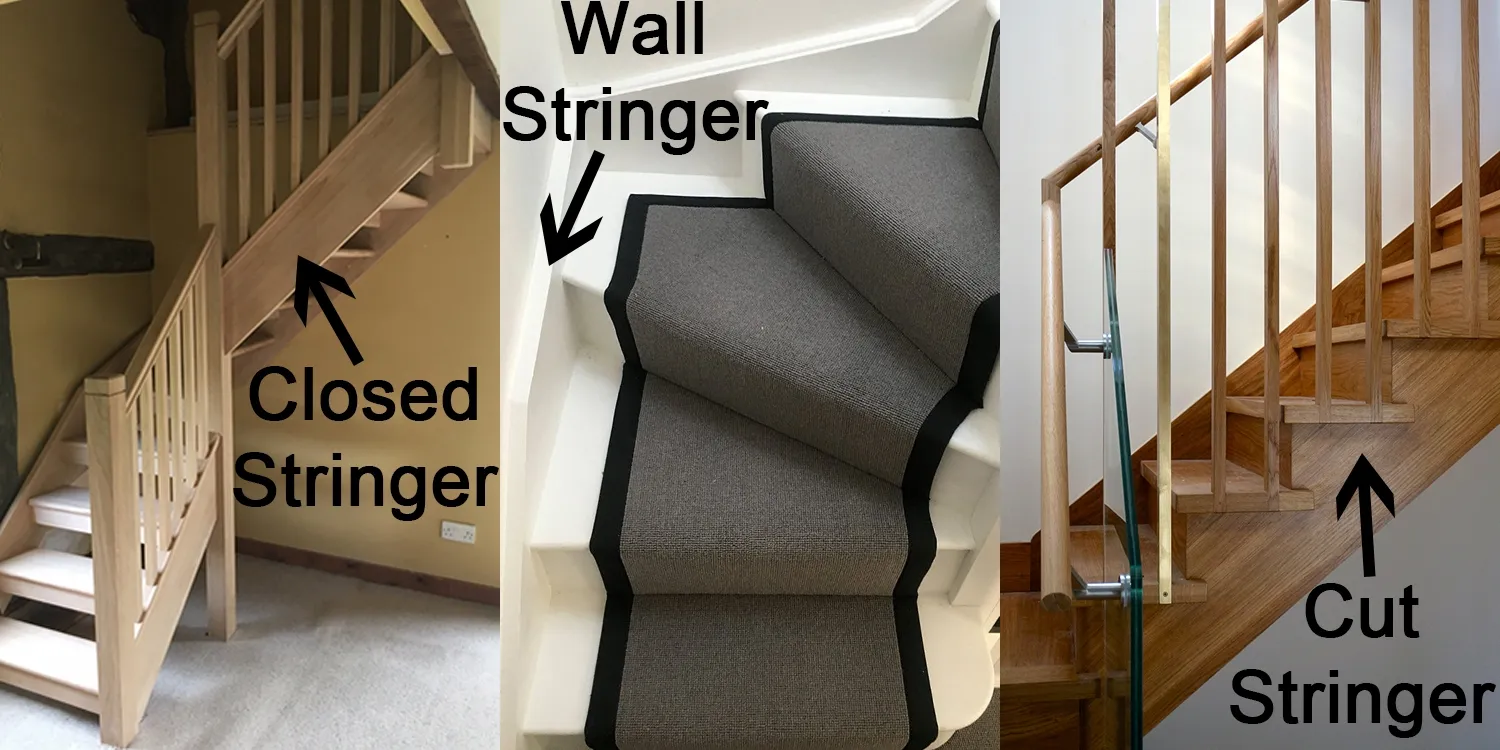
collage of stairs pic: google images
Stairs can be key in getting the overall design of our homes to work. when designing stairs ,You can treat the staircase as an opportunity to create privacy in your home.
Stairs can offer sense of curiosity and secrecy in what they lead to when you can’t completely see what’s at the other end of them.
They can be a strong transition between the public areas of a home on the lower floor, to the private areas of the home on the upper floor. The way they are designed can prevent visitors in your home from feeling it is appropriate to travel up them.
Visibility on stairs
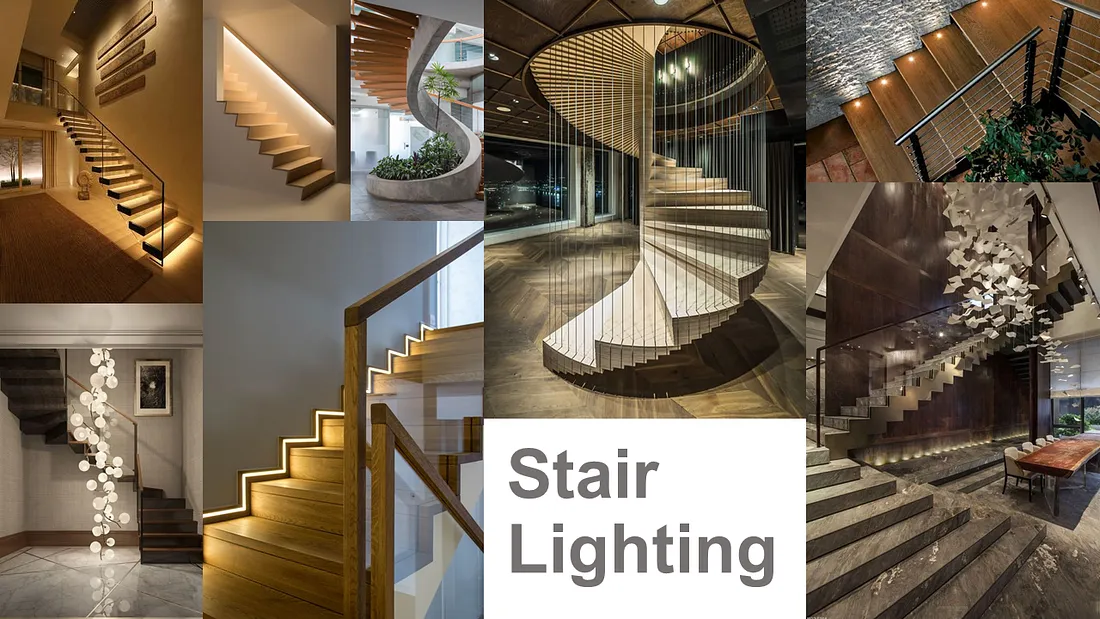
Lighting can create a dramatic impact in a staircase — during the night and day time. Low level lighting used on stair walls, or in LED strips, will create one effect. Alternatively, pendant lighting will create a feature during the day time as well. Just be cognizant of how you’re going to change light bulbs and that you can service them in a safe way.
Improving visibility on stairs significantly reduces the risk for common mishaps caused by misjudging distances. Otherwise you can trip on a step or miss it completely. You can catch a heel on the edge of a step. Such mishaps are a routine cause of twisted ankles, sprained knees or more serious injuries incurred by a total fall.
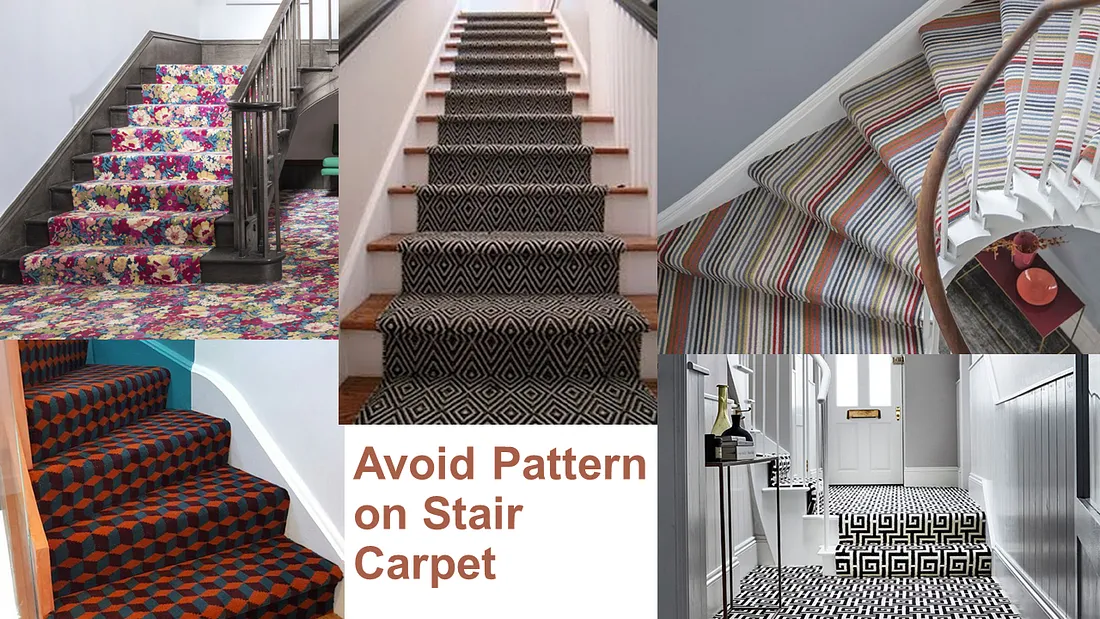
Stairs may open up the home
If privacy is created by not seeing where stairs lead to, the reverse also occurs.
Opening up your home’s volume can happen through creating open areas at the top of the stairs. It may be a lounge room on the upper floor or simply a small space to sit that creates a small library area. This will lead the eye up, to experience the openness of your home.

Think about this when you’re creating a staircase in your home, and what’s going to be at the top of it, and what’s going to be at the bottom of it, and what is the visual story of the journey from one end of the staircase to the other.
Make stairs ,a hero in your home?
Staircases can create a sculptural and very strong aesthetic element in your home. Of course, there are the sweeping, grand staircases, a la Gone with the Wind, or Sound of Music.
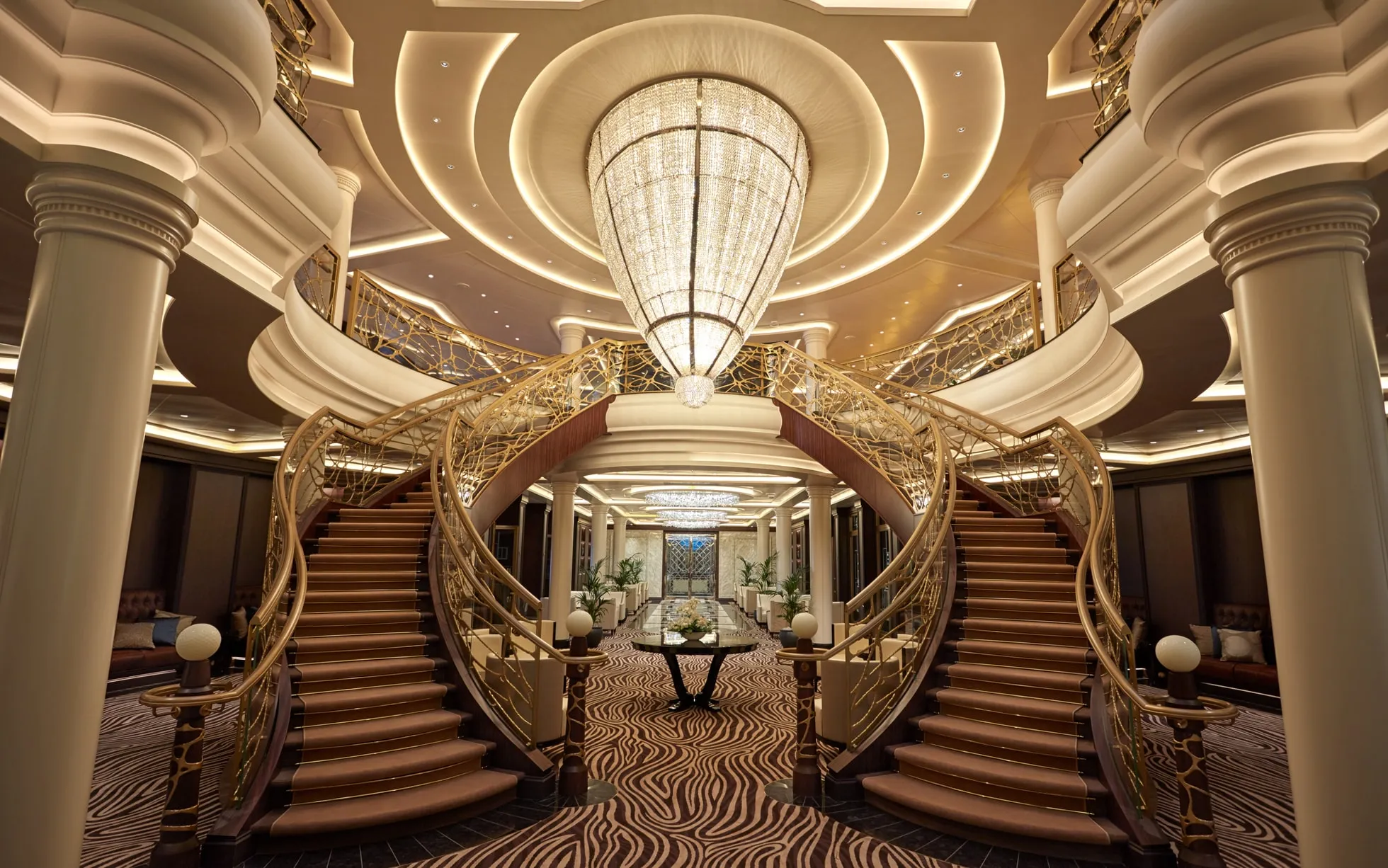
In contemporary homes, glass, steel and timber may be used instead. Staircase adds dignity and charm to your home when it is carefully designed and built! . It provides easy and quick access to different floors of the house. Stairs are available in a variety of style and materials like wood, glass, brick, R.C.C., etc. When there is a change in direction of vertical transportation, turning stairs are used
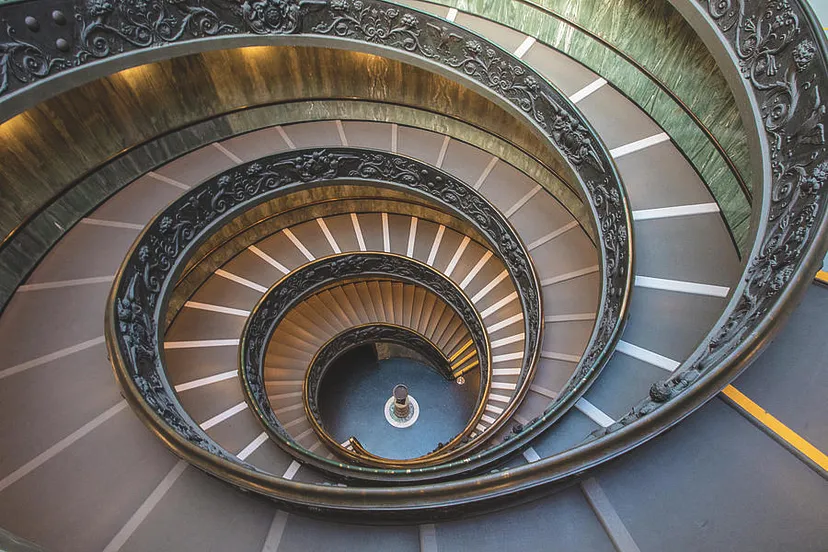
Spiral Staircase in St. Peter’s Basilica
Whilst the costs for staircases such as this can vary wildly, this can also work on a very budget level and economical level as well. Celebration of the staircase as a sculptural, feature piece can come in smaller ways.
Balustrade design
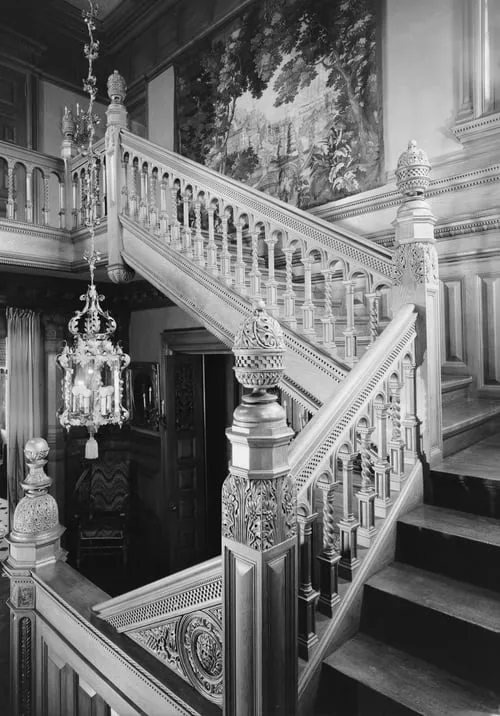
There are a variety of materials you can use for your balustrade.
At its simplest is a plastered wall, with a handrail or timber cap. There are also open timber balustrades, glass and steel, or steel mesh or powder coated aluminum panels.
The range of choice is huge, and yours will be driven by the overall aesthetic you’re seeking for you home, and your budget.

This beautiful entry boasts a luxurious staircase with carpeted steps. The area features gorgeous decorated flooring and a stunning two-story ceiling.
Stair tread (and riser too!)
Residential stairs are conventionally constructed from a cost-efficient material such as MDF, and then wrapped in their finished surface. This may be carpet, or timber flooring.
Alternatively, you can choose other materials, based on your budget. Some fantastic stairs are fabricated from glass treads, and checker plate steel.
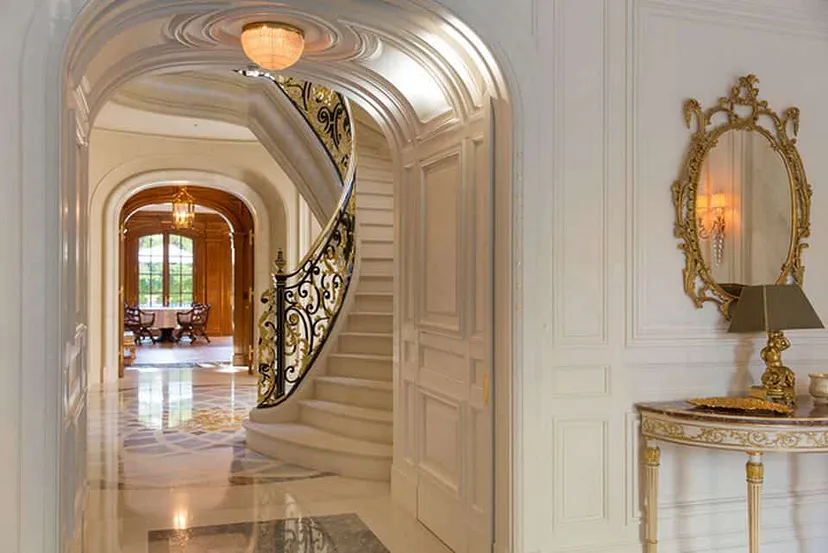
Staircases With Tile Flooring
Getting from A to B
The arrangement of your stairs will often be driven by the other things in your floor plan, however there are lots of options for how a stair can be laid out.
You may have a simple run of continuous treads, or the stairs return on themselves in a U. You may have simple treads with a flat landing at the half-way point, or you may include winders (the triangular treads), which help you turn corners in less space.

curved stairs ,To soften the formality of a North Carolina entrance hall, architect and designer Russell Groves simplified the balusters and installed a Patterson, Flynn & Martin sisal on the steps.
Each of these choices will have an impact on how the stair feels to travel up and down, and how it looks in your home.
Some designs can include intermediate levels in the staircase that are integrated with things around them. It may be that a landing provides a little zone for a library, or extends out to create some joinery in an adjacent space.
How you step onto the stairs can also change. You may start on a large plinth, or something that creates a small bench seat to sit on.
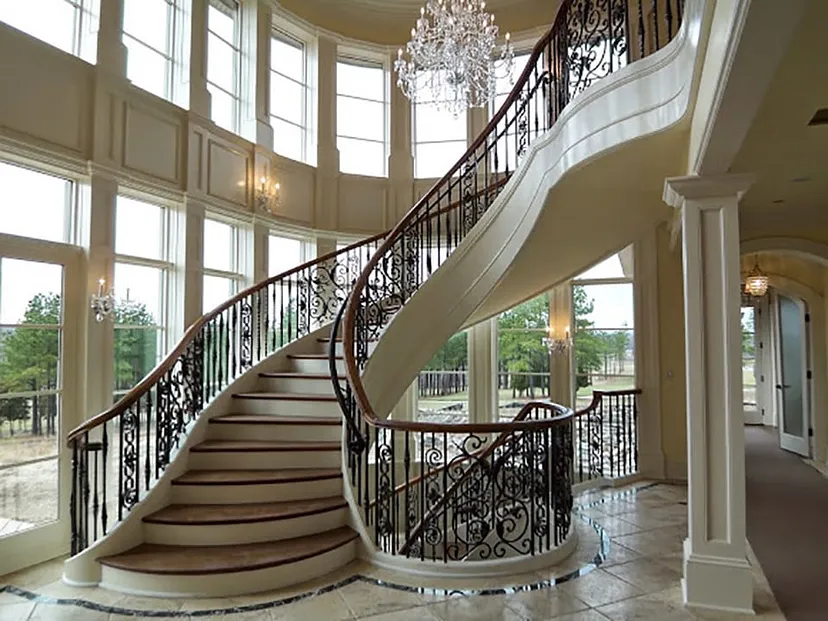
Using stairs as a lantern and light shaft for your home
Staircases are also a fantastic opportunity for performing as a light source both during the day and at night. There’s few places in a two-story home, unless you create an open void, where you get the opportunity to see two stories of the home, and to borrow light from the upper floor and bring it down into the lower floor.
Often, staircases are inbound in floor plans. They’ll be back towards the front door or back towards the garage so that you can get easy access when you’re coming home to the upper floor of the house.
Especially in compact home designs, where external walls are saved for premium living spaces that want access to views and light directly, the stairs take a back seat in location!

The spaces that stairs immediately service on the lower floor are generally inbound spaces as well and they can be quite dark if you don’t use the staircase as an opportunity to grab light.

straight stair ,The entry of a Manhattan apartment features a saddle-stitched armchair by Jacques Adnet, circa 1950.
Think about how you can do this with your staircase. If your staircase is on an outer wall, you could put windows in it.

u -shaped stairs, or half turn In a Manhattan apartment, a wallpaper conceived by Ernest de la Torre and custom-made by de Gournay decorates the three-story stairwell.
Think about how you want to create those windows, be they operable or fixed, and then whether they need to be an obscure type of glass for privacy, or whether they can be transparent and grab a view.

winder stairs,Early-18th-century bird engravings line a wall alongside the rear stair of a New Canaan, Connecticut, home
You can also position them based on how you’re going to experience that view as you move through the staircase. Will you get privacy at the half level landing height, for example, and see sky through them, or are you going to want to connect visually with the outside as you move past the windows.

Ladder stairs ,A grass cloth lines the music closet in the Kansas City, Missouri, home of Hallmark Cards executive David Jimenez.
If the stairs are fully inbound and have rooms the whole way around them, then look at how you could top-light those stairs and put skylights into your roof.
Combine this with an open balustrade design, and / or an open stair design and voila! You have a light well in your home that will bring natural light into the darkest parts of your floor plan.
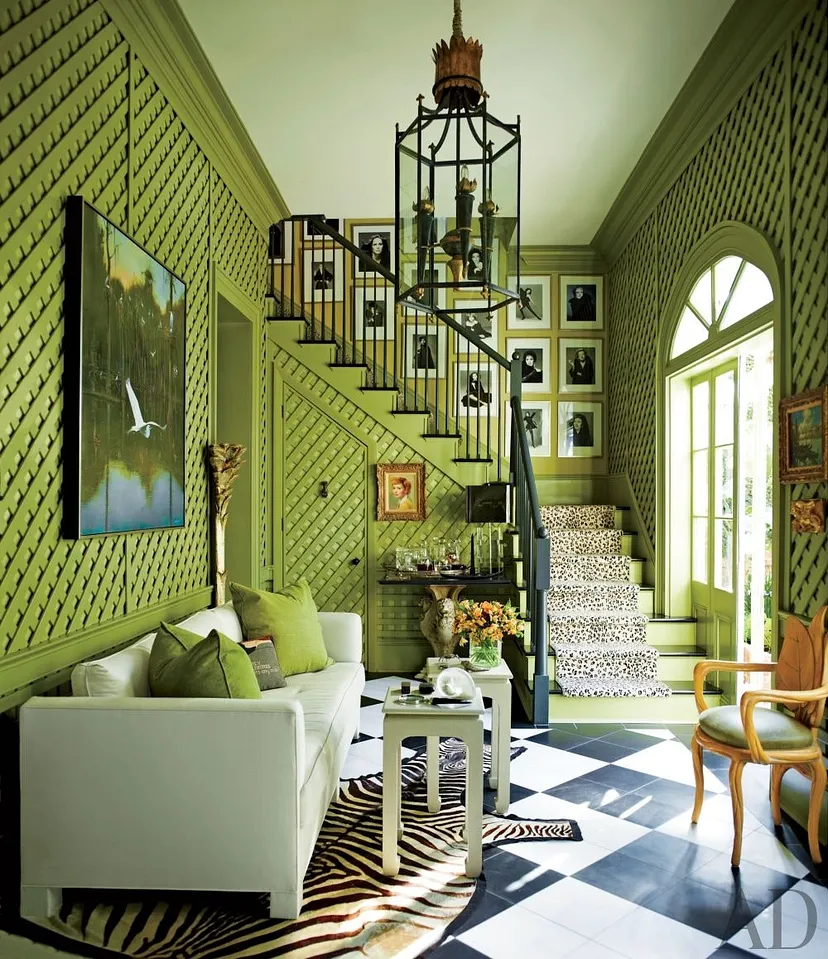
L-shaped stairs ,In a New Orleans home, the staircase, softened with a leopard-print runner, is decorated with Richard Avedon and Bill King photographs from Blackglama ads that homeowner and retired ad executive Peter Rogers masterminded.
So there’s the stairs with obvious activity of moving from one floor to the next, but if you stop and think for a while, there’s a host of other needs and usage possibilities that can be accommodated by your staircase.It’s not only people that need to move from one floor to the next, but also stuff. How is your staircase design going to make it easier to store the items that need to travel between floors while taking safety considerations into account?

How about the following alternative uses for the stairs?• A great storage opportunity, either under the stairs or around the walls of the stairs for books and objects.• A seat to sit on to put on your shoes.• An opportunity to showcase and admire art, objects or family pictures on the walls or on the landings.• A quiet place to sit or read if there are large landings.• Stairs as a stage for singers at parties.• Is your home going to be built all on one or two flat levels or is there an opportunity to add some interest by putting in some split levels. Split levels make a home more interesting to navigate and they can be used to create different ceiling heights.
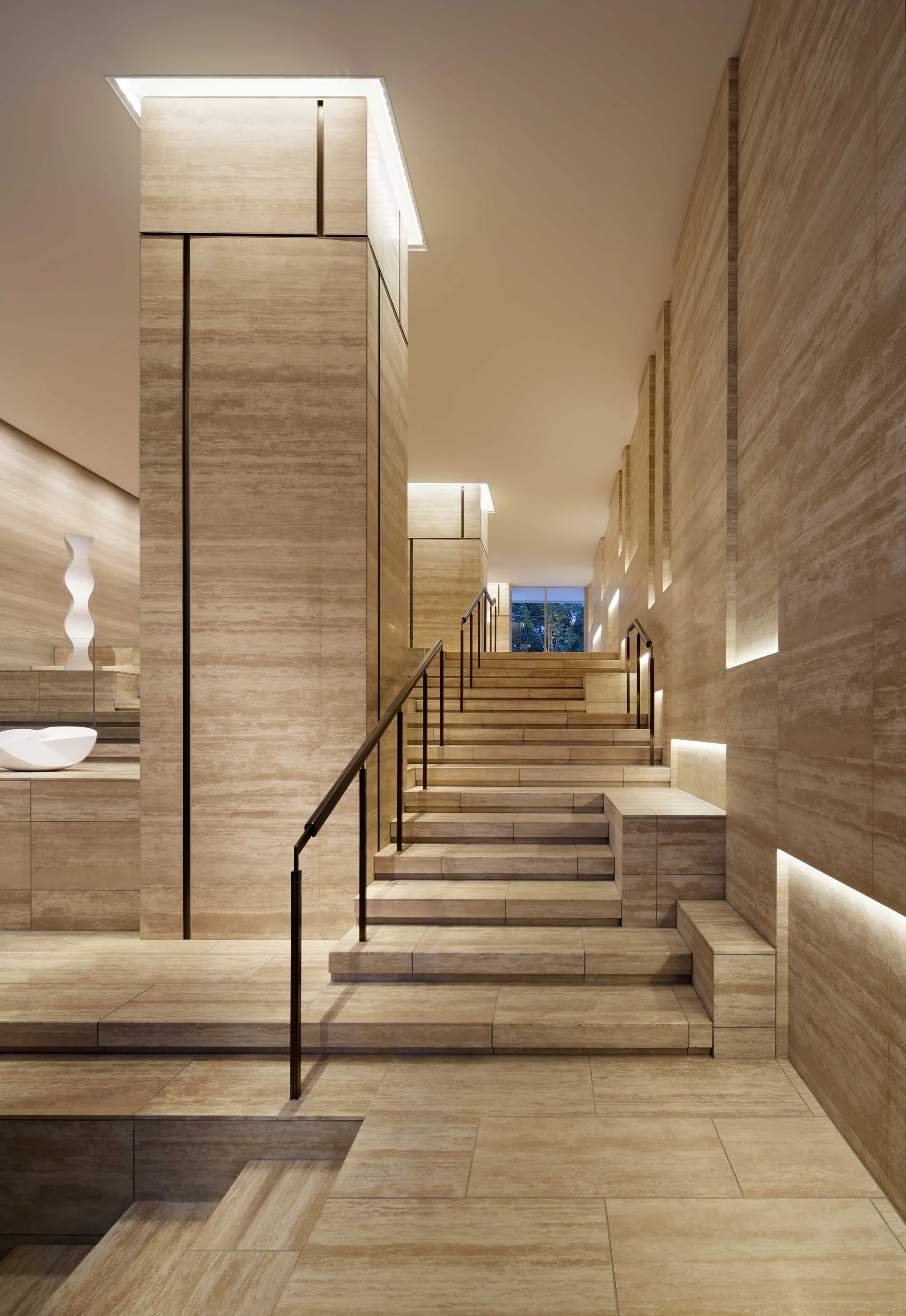
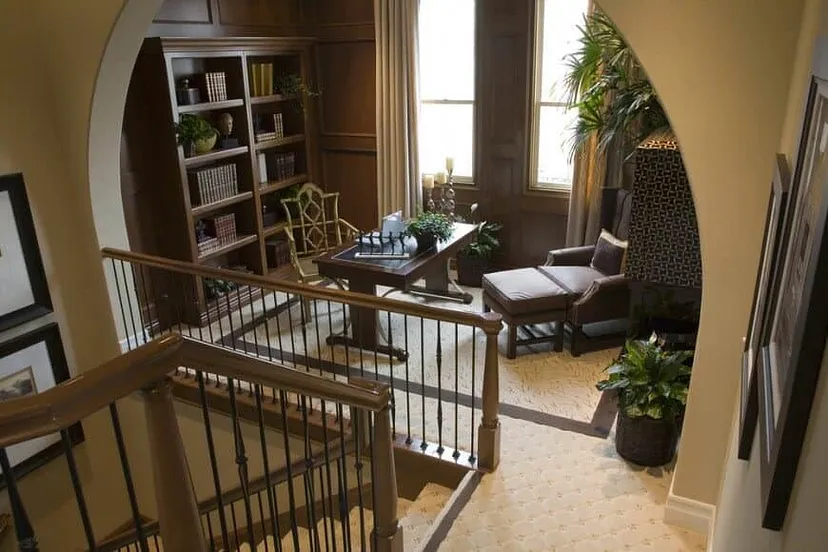
Stairs are a powerful design tool …Even when they’re very simple, very economical, and very cost effective, they can be solutions that have a magical design impact in the way that your home feels and operates. Try to Explore the opportunities that staircases provide (and remember this works for external staircases as well.) Don’t just think of them as a way to get from A to B. Think of your stairs as a way to create another really fantastic space and experience in your home. Then you can borrow the joy of that stair space to bring joy into the other spaces in your home.
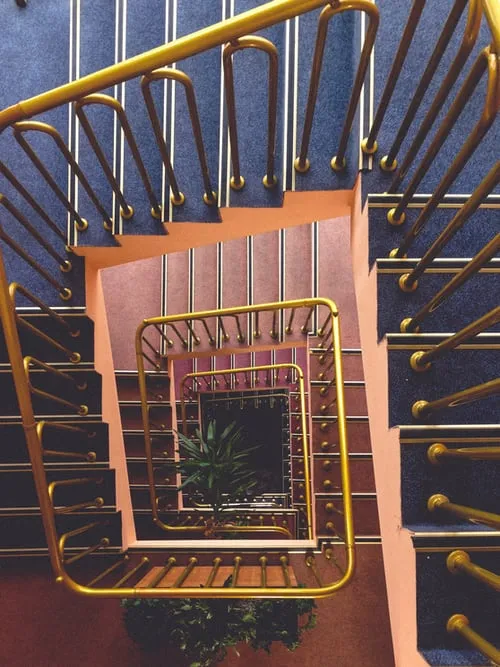
The author of this article is Dr. Vinita Mathur (vinita @dezyneecole.com),she is an esteemed educationist, and the visionary owner of a prestigious college ,Dezyne École College . Her intellectual prowess, dedication to education, and innovative leadership have made her a prominent figure in academia and a source of inspiration for countless students and educators alike.
Through her scholarly pursuits, educational leadership, and commitment to empowering students, she has left an indelible mark on the educational landscape.